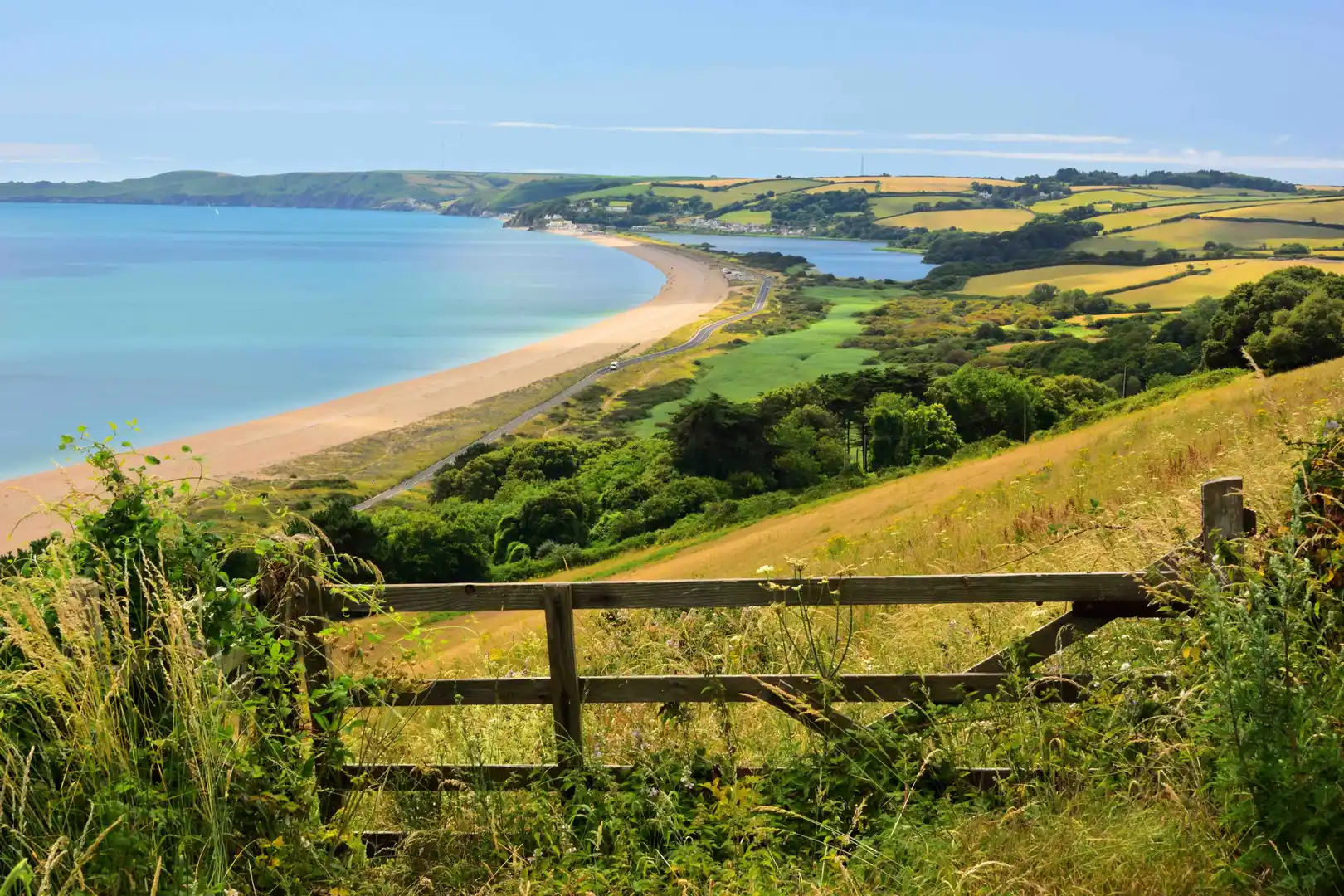

The South Devon section of the South West Coast Path runs from Plymouth to Exmouth, around 120 miles of estuaries, sheltered bays, and gentle countryside backed by lively coastal towns. It’s less rugged than North Devon and Cornwall, but no less rewarding — perfect for walking holidays and outdoor adventures that combine ferries across broad rivers, sandy beaches, and traditional harbour life.
This part of the National Trail offers a balance of heritage and scenery: naval history at Plymouth, the pastel streets of Dartmouth and Salcombe, and the red cliffs of the Jurassic Coast near Exmouth. With rolling farmland, wooded river valleys, and dramatic headlands, the walking is varied and often easier underfoot, though the estuaries add extra mileage.
Leaving Plymouth’s naval heritage behind, the path winds past Wembury’s beaches and Burgh Island before following the Erme estuary to the sailing town of Salcombe. Expect rolling farmland and sheltered coves.
A particularly scenic stretch of South Devon, with clifftop trails, sandy bays, and river ferries. Dartmouth is a highlight — a historic port with castles, quays, and lively food spots.
The path continues through Brixham, Paignton, and Torquay, where fishing heritage meets Victorian seaside resorts. A lively and more urban part of the route, balanced by clifftop views.
The final stretch passes the red sandstone cliffs of the English Riviera, through Dawlish and Teignmouth, before finishing at Exmouth, gateway to the Jurassic Coast World Heritage Site.